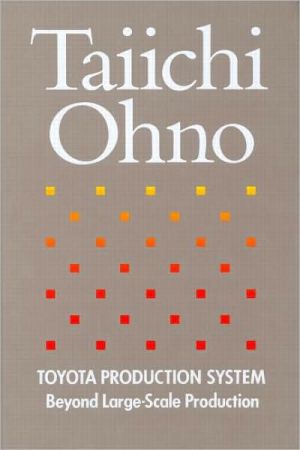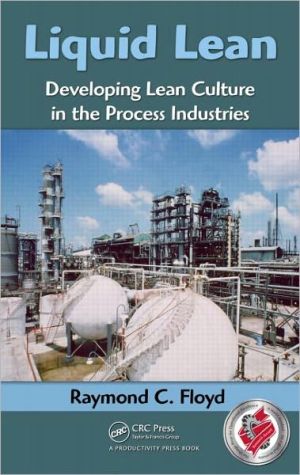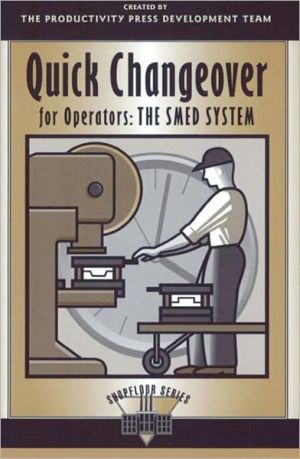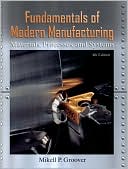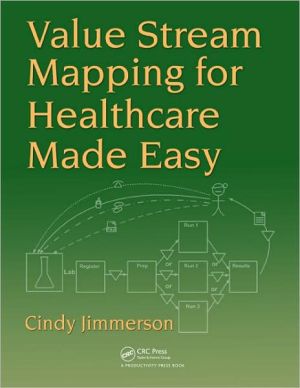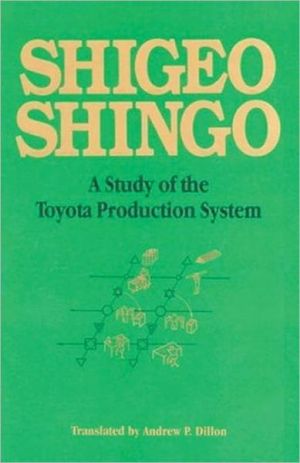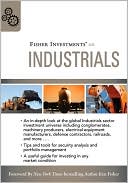Process Control: Modeling, Design and Simulation
Master process control hands on, through practical examples and MATLAB® simulations\ This is the first complete introduction to process control that fully integrates software tools—enabling professionals and students to master critical techniques hands on, through computer simulations based on the popular MATLAB environment. Process Control: Modeling, Design, and Simulation teaches the field's most important techniques, behaviors, and control problems through practical examples, supplemented...
Search in google:
Process Control: Modeling, Design, and Simulation is the first complete introduction to process control that fully integrates software tools-helping you master critical techniques hands-on, using MATLAB-based computer simulations. Author B. Wayne Bequette includes process control diagrams, dynamic modeling, feedback control, frequency response analysis techniques, control loop tuning, and start-to-finish chemical process control case studies.
PrefaceBackground\ There are a variety of courses in a standard chemical engineering curriculum, ranging from the introductory material and energy balances course, and culminating with the capstone process design course. The focus of virtually all of these courses is on steady-state behavior; the rare exceptions include the analysis of batch reactors and batch distillation in the reaction engineering and equilibrium stage operations courses, respectively. A concern of a practicing process engineer, on the other hand, is how to best operate a process plant where everything seems to be changing. The process dynamics and control course is where students must gain an appreciation for the dynamic nature of chemical processes and develop strategies to operate these processes.\ Textbook Goals\ The major goal of this textbook is to teach students to analyze dynamic chemical processes and develop automatic control strategies to operate them safely and economically. My experience is that students learn best with immediate simulation-based reinforcement of basic concepts. Rather than simply present theory topics and develop analytical solutions, this textbook uses "interactive learning" through computer-based simulation exercises (modules). The popular MATLAB software package, including the SIMULINK block-diagram simulation environment, is used. Students, instructors, and practicing process engineers learning new model-based techniques can all benefit from the "feedback" provided by simulation studies.\ Depending on the goals of the instructor and the background of the students, roughly one chapter (± 0.5) and one module can be covered each week. Still, it is probably too ambitious to cover the entire text during a typical 15-week semester, so I recommend that instructors carefully choose the topics that best meet their personal objectives. At Rensselaer Polytechnic Institute, we teach the one-semester, 4-credit course in a studio-based format, with students attending two 2-hour sessions and one 2-hour recitation (which also provides plenty of "catch-up" time) each week. During these sessions we typically spend 45 minutes discussing a topic, then have the students spend the remaining hour performing analysis and computer simulation exercises, working in pairs. During the discussion periods the students face the instructor station at the front of the room, and during the simulation periods they swivel in their chairs to the workstations on the countertops behind them. This textbook can also be used in a more traditional lecture-based course, with students working on the modules and solving homework problems on their own.\ Chapters\ An introduction to process control and instrumentation is presented in Chapter 1. The development and use of models is very important in control systems engineering. Fundamental models are developed in Chapter 2, including the steady-state solution and linearization to form state space models. Chapter 3 focuses on the dynamic behavior of linear systems, starting with state space models and then covering transfer function-based models in detail. Chapter 4 we cover the development of empirical models, including continuous and discrete transfer function models.\ Chapter 5 provides a more detailed introduction to feedback control, developing the basic idea of a feedback system, proportional, integral, derivative (PID) controllers, and methods of analyzing closed-loop stability. Chapter 6 presents the Ziegler-Nichols closed-loop oscillation method for controller tuning, since the same basic concept is used in the automatic tuning procedures presented in Chapter 11. Frequency response analysis techniques, important for determining control system robustness, are presented in Chapter 7.\ In recent years model-based control has lead to improved control loop performance. One of the clearest model-based techniques is internal model control (IMC), which is presented in Chapter 8. The PID controller remains the most widely used controller in industry; in Chapter 9 we show how to convert internal model controllers to classical feedback (PID) controllers.\ In Chapter 10 the widely used cascade and feed-forward strategies are developed. Many control loops suffer from poor performance, either because they were not tuned well originally, or because the process is nonlinear and has changed operating conditions. Two methods of dealing with these problems, automatic tuning and gain scheduling, are presented in Chapter 11. The phenomenon of reset windup and the development of antireset windup strategies are also presented in Chapter 11.\ Many control strategies must be able to switch between manipulated inputs or select from several measured outputs. Split-range, selective and override strategies are presented in Chapter 12. Process units contain many control loops that generally do not operate independently. The effects of these control-loop interactions are presented in Chapter 13. The design of multivariable controllers is developed in Chapter 14.\ The development of the control instrumentation diagram for an entire chemical process is challenging and remains somewhat of an art. In Chapter 15 recycle systems are shown to cause unique and challenging steady-state and dynamic control problems. In addition, an overview of corporate-wide optimization and control problems is presented. Model predictive control (MPC) is the most widely applied advanced control strategy in industry. The basic step response model-based MPC method is developed in Chapter 16. This is followed by a discussion of the constrained version of MPC, and enhancements to improve disturbance rejection.\ Learning Modules\ The chapters are followed by a series of learning modules that serve several purposes; some focus on the software tools, while others focus on particular control problems. The first two provide introductions to MATLAB and SIMULINK, the simulation environment for the modules that follow. The third module demonstrates the solution of ordinary differential equations using MATLAB and SIMULINK, while the fourth shows how to use the MATLAB Control Toolbox to create and convert models from one form to another. The modules that follow focus on a particular unit operation, to provide a detailed demonstration of various control system design, analysis or implementation techniques. Module 5 develops a simple isothermal CSTR model that is used in a number of the chapters. Module 6 details the robustness analysis of processes characterized by first-order + deadtime (FODT) models.\ Module 7 presents a biochemical reactor with two possible desired operating points; one stable and the other unstable. The controller design and system performance is clearly different at each operating point. The classic jacketed CSTR with an exothermic reaction is studied in Module 8. Issues discussed include recirculation heat transfer dynamics, cascade control, and split-range control. Level control loops can be tuned for two different extremes of closed-loop performance, as shown in Module 9 (steam drum, requiring tight level control) and Module 10 (surge drum, allowing loose level control to minimize outflow variation). Challenges associated with jacketed batch reactors are presented in Module 11. Some motivating biomedical problems are presented in Module 12. Challenges of control loop interaction are demonstrated in the distillation application of Module 13. Module 14 provides an overview of several case study problems in multivariable control. Here the students can download SIMULINK .mdl files for the textbook web page and perform complete modeling and control system design. These case studies are meant to tie together many concepts presented in the text. Issues particular to flow control are discussed in Module 15, and digital control techniques are presented in Module 16.\ Textbook Web Page\ MATLAB and SIMULINK files, as well as additional learning material and errata, can be found on the textbook web pages.\ www.rpi.edu/dept/chem-eng/WWW/faculty/bequette/books/Process_Control/\ www.rpi.edu/~bequeb/Control
PrefaceCh. 1Introduction1Ch. 2Fundamental Models31Ch. 3Dynamic Behavior79Ch. 4Empirical Models127Ch. 5Introduction to Feedback Control155Ch. 6PID Controller Tuning195Ch. 7Frequency-Response Analysis215Ch. 8Internal Model Control245Ch. 9The IMC-Based PID Procedure285Ch. 10Cascade and Feed-Forward Control313Ch. 11PID Enhancements345Ch. 12Ratio, Selective, and Split-Range Control371Ch. 13Control-Loop Interaction381Ch. 14Multivariable Control419Ch. 15Plantwide Control453Ch. 16Model Predictive Control487Ch. 17Summary521Module 1Introduction to Matlab539Module 2Introduction to Simulink559Module 3Ordinary Differential Equations573Module 4Matlab LTI Models585Module 5Isothermal Chemical Reactor605Module 6First-Order + Time-Delay Processes619Module 7Biochemical Reactors631Module 8CSTR641Module 9Steam Drum Level661Module 10Surge Vessel Level Control669Module 11Batch Reactor679Module 12Biomedical Systems691Module 13Distillation Control703Module 14Case Study Problems721Module 15Flow Control733Module 16Digital Control749Index765About the Author770

